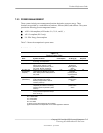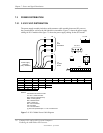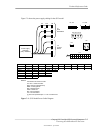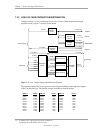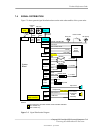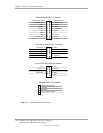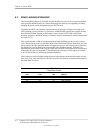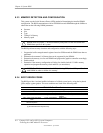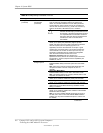
Chapter 8 System BIOS
8.2 ROM FLASHING/UPGRADING
The system BIOS firmware is contained in a flash ROM device that can be re-written with BIOS
code (using the ROMPaq utility or a remote flash program) allowing easy upgrading, including
changing the splash screen displayed during the POST routine.
Upgrading the BIOS is not normally required but may be necessary if changes are made to the
unit’s operating system, hard drive, or processor. All BIOS ROM upgrades are available directly
from Hewlett-Packard. Flashing is done either locally with the CPQFLASH or HPQFlash
Windows program, a ROMPaq diskette, or remotely using the network boot function (described in
the section 8.3.2).
This system includes 64 KB of write-protected boot block ROM that provides a way to recover
from a failed flashing of the system BIOS ROM. If the BIOS ROM fails the flash check, the boot
block code provides the minimum amount of support necessary to allow booting the system from
the diskette drive and re-flashing the system ROM with a ROMPaq diskette. Note that if an
administrator password has been set in the system the boot block will prompt for this password by
illuminating the caps lock keyboard LED and displaying a message if video support is available.
A PS/2 keyboard must be used during bootblock operation.
Since video may not be available during the initial boot sequence the boot block routine uses the
Num Lock, Caps Lock, and Scroll Lock LEDs of the PS/2 keyboard to communicate the status of
the ROM flash as follows:
Table 8-1. Boot Block Codes
Table 8-1.
Boot Block Codes
Num Lock
LED
Cap Lock
LED
Scroll Lock
LED
Meaning
Off On Off Administrator password required.
On Off Off Boot failed. Reset required for retry.
Off Off On Flash failed.
On On On Flash complete.
Compaq D315 and hp d325 Personal Computers
Featuring the AMD Athlon XP Processor
Second Edition - April 2003
8-2




